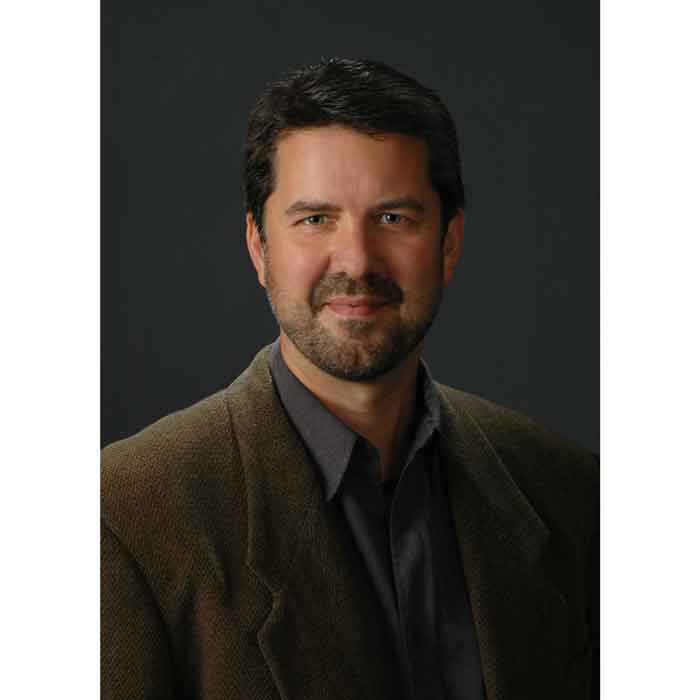Excerpt: We have since attempted to scrub ourselves clean of the unconscious.
Yale University Press; 272 pages; 2007
A 2003 Pfizer advertisement for the anti-depressant Zoloft featured a downcast woman and the words, “Is she just shy? Or is it Social Anxiety Disorder?” Below that were only four sentences about the drug’s efficacy, and the standard disclaimer about side effects.
As Christopher Lane points out in his stunning and revelatory book, Shyness: How Normal Behavior Became a Sickness, “social anxiety disorder” is seen as so commonplace that there’s no need to explain the symptoms. These encompass a broad array of responses once considered normal behavior. Are you nervous about public speaking? Do you blush in certain social situations? You’ve got social anxiety disorder. Ordinary shyness (who isn’t nervous before speaking in public?) is now classified as a sickness.
Some of the literature on social anxiety disorder inserts the qualifying word “excessive” in front of its supposed symptoms. Regardless, contemporary norms of social interaction leave no place for shy people. Those who are reclusive and prefer solitude are especially under suspicion. After the Unabomber and the Columbine shooters, anyone who shows signs of withdrawal from society is suspected as a potentially violent killer. Shyness no longer exists alongside social anxiety disorder, it is social anxiety disorder.
How did shyness, a perfectly natural response to the world that can be a protective cocoon for many, become diagnosed as social anxiety disorder? What are the long-range effects of this diagnosis?
Lane answers these questions by relating a series of histories of language and diagnosis. At the center is the behind-the-scenes battle over the third edition of the Diagnostic and Statistical Manual of Mental Disorders (DSM-III, 1980). Lane doesn’t argue that excessive shyness might be debilitating for some, or that mental illnesses like depression don’t exist. But he argues that shyness was cast as the base catalyst for a host of perceived ills, including many defined as psychotic, whose symptoms remain vague. DSM III warns that those with “Shizoid Personality Disorder” often engage in “excessive daydreaming.” As Lane puts it dryly, “What constitutes an appropriate amount of daydreaming remains anyone’s guess.”
 DSM-III calcified social anxiety disorder as such, but not without opposition from psychoanalysts who argued against pathologizing those who did not hew to societal norms of proper behavior. Or, as one psychoanalyst wrote in a 1975 memo, “…people should not be called mentally ill because they are different or unhappy.” In contrast, psychiatrists held that reclusive behavior was abnormal and that it should be pharmacologically treated. Psychoanalysis lost the battle and was henceforth reduced to a caricature and debunked for its willingness to let patients understand the roots of their issues through a more reflective process than that allowed for by quick-fix drugs. We have since attempted to scrub ourselves clean of the unconscious.
DSM-III calcified social anxiety disorder as such, but not without opposition from psychoanalysts who argued against pathologizing those who did not hew to societal norms of proper behavior. Or, as one psychoanalyst wrote in a 1975 memo, “…people should not be called mentally ill because they are different or unhappy.” In contrast, psychiatrists held that reclusive behavior was abnormal and that it should be pharmacologically treated. Psychoanalysis lost the battle and was henceforth reduced to a caricature and debunked for its willingness to let patients understand the roots of their issues through a more reflective process than that allowed for by quick-fix drugs. We have since attempted to scrub ourselves clean of the unconscious.
The dependence on pharmacology has devastating physical consequences. The drug Paxil, for instance, blankets “the nervous system so completely it prevents the brain and nervous system from distinguishing between routine stress and chronic anxiety.” In 2003, the European Agency for the Evaluation of Medicinal Products, which oversees the distribution of drugs in the European Union, warned about the drug’s role in the increase in “suicide-related behavior” among young adults.
There are social and political losses as well. As Lane puts it in the most haunting sentence of the book, “The sad consequence is a vast, perhaps unrecoverable, loss of emotional range, an impoverishment of human experience.” Political dissent is pathologized as “a symptom of Oppositional Defiant Disorder.” I’m reminded of The Nation’s first cover image after the Nov. 2000 election: Bush as Alfred E. Neuman. Instead of the icon’s usual insouciant line, “What, me worry?” was now a single word: “Worry.” Anxiety can be both justified and productive.
For a book that’s about the invention of a medical condition, Shyness is as riveting as a detective story. Lane writes elegantly and passionately about the need to maintain our consciousness about the maddeningly rich complexity of human emotion and thought. Without romanticizing the figure of the tormented genius, he reminds us of the costs of being mired in an excess of equilibrium. In the end, he seems hopeful about the tide shifting against the overdiagnosis of social anxiety disorder and towards a resurgence of psychoanalysis. For the sake of our lives, we can only hope that he’s right.
Originally published in Windy City Times, 28 November, 2007
Don’t plagiarise any of this, in any way. I have used legal resources to punish and prevent plagiarism, and I am ruthless and persistent. I make a point of citing people and publications all the time: it’s not that hard to mention me in your work, and to refuse to do so and simply assimilate my work is plagiarism. You don’t have to agree with me to cite me properly; be an ethical grownup, and don’t make excuses for your plagiarism. Read and memorise “On Plagiarism.” There’s more forthcoming, as I point out in “The Plagiarism Papers.” If you’d like to support me, please donate and/or subscribe, or get me something from my wish list. Thank you.

